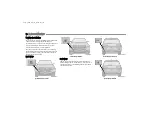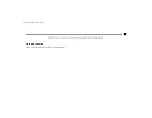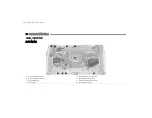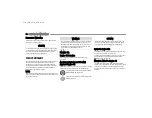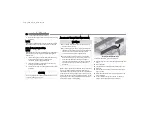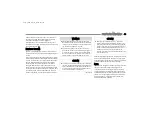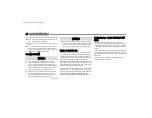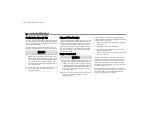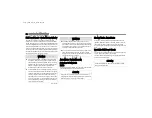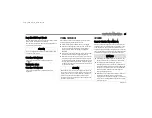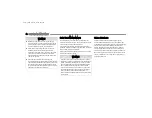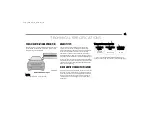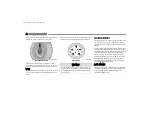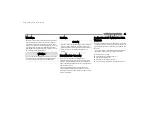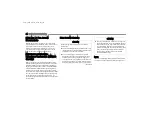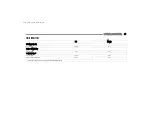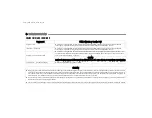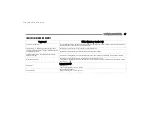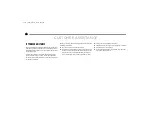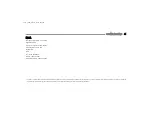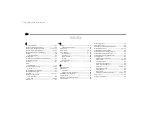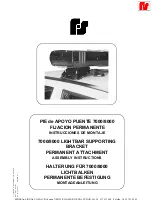
88
SERVICING AND MAINTENANCE
(Continued)
Fluid Level Check — Brake Master Cylinder
The fluid level of the master cylinder should be checked
whenever the vehicle is serviced, or immediately if the Brake
System Warning Light is on. If necessary, add fluid to bring level
within the designated marks on the side of the reservoir of the
brake master cylinder. Be sure to clean the top of the master
cylinder area before removing cap. With disc brakes, fluid level
can be expected to fall as the brake pads wear. Brake fluid level
should be checked when pads are replaced. If the brake fluid is
abnormally low, check the system for leaks.
A
UTOMATIC
T
RANSMISSION
Selection Of Lubricant
NOTE:
No chemical flushes should be used in any transmission;
only the approved lubricant should be used.
F
RONT
/R
EAR
A
XLE
F
LUID
For normal service, periodic fluid level checks are not
required. When the vehicle is serviced for other reasons
the exterior surfaces of the axle assembly should be
inspected. If gear oil leakage is suspected inspect the fluid
level.
Front Axle Fluid Level Check
The front axle oil level needs to be no lower than 1/8 inch
(3 mm) below the bottom of the fill hole.
The front axle fill and drain plugs should be tightened to
22 to 29 ft-lb (30 to 40 N·m).
WARNING!
Use only manufacturer's recommended brake fluid
page 97. Using the wrong type of brake fluid can
severely damage your brake system and/or impair its
performance. The proper type of brake fluid for your
vehicle is also identified on the original factory
installed hydraulic master cylinder reservoir.
To avoid contamination from foreign matter or moisture,
use only new brake fluid or fluid that has been in a tightly
closed container. Keep the master cylinder reservoir cap
secured at all times. Brake fluid in an open container
absorbs moisture from the air resulting in a lower boiling
point. This may cause it to boil unexpectedly during hard
or prolonged braking, resulting in sudden brake failure.
This could result in a collision.
Overfilling the brake fluid reservoir can result in
spilling brake fluid on hot engine parts, causing the
brake fluid to catch fire. Brake fluid can also damage
painted and vinyl surfaces, care should be taken to
avoid its contact with these surfaces.
Do not allow petroleum-based fluid to contaminate
the brake fluid. Brake seal components could be
damaged, causing partial or complete brake failure.
This could result in a collision.
CAUTION!
Using a transmission fluid other than the manufacturer’s
recommended fluid may cause deterioration in transmission
shift quality and/or torque converter shudder.
WARNING!
CAUTION!
Do not overtighten the plugs as it could damage them
and cause them to leak.
23_W7_EIG_EN_IN_t.book Page 88



